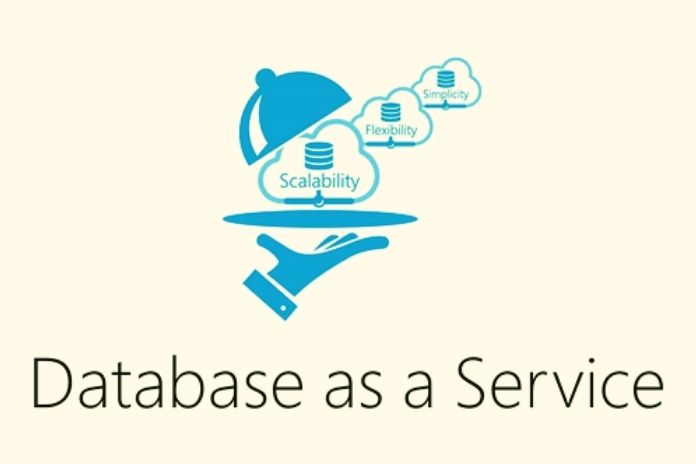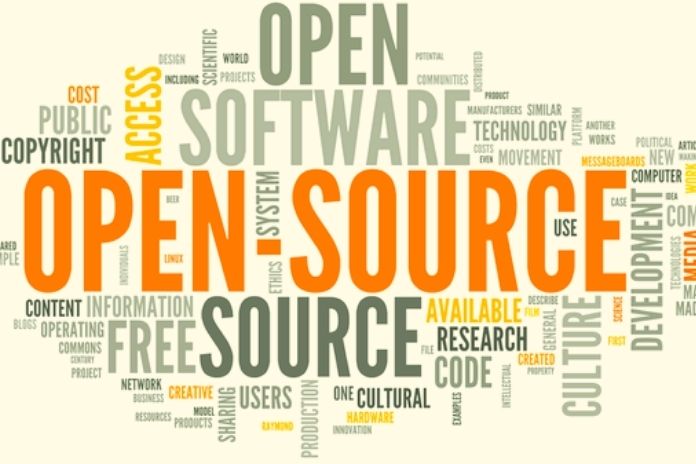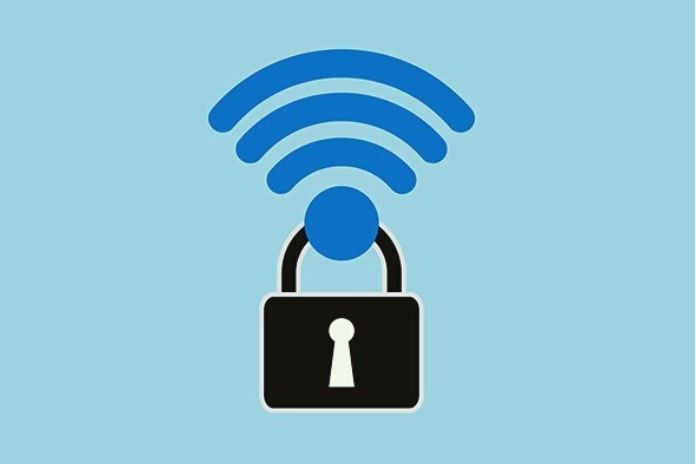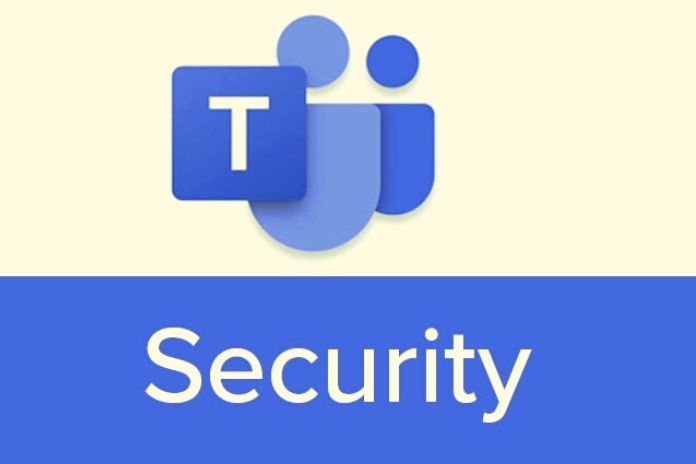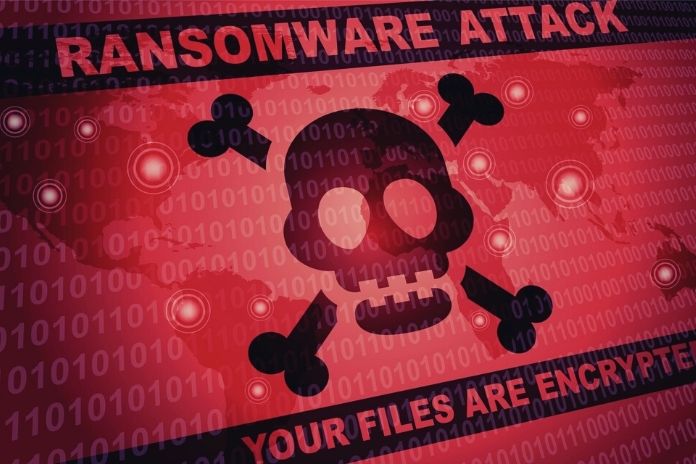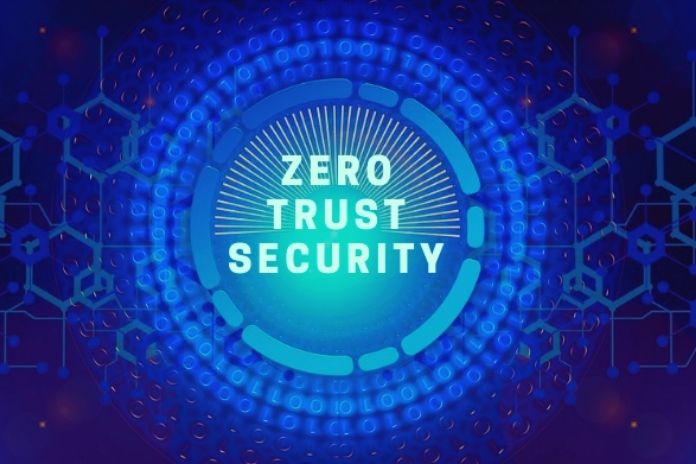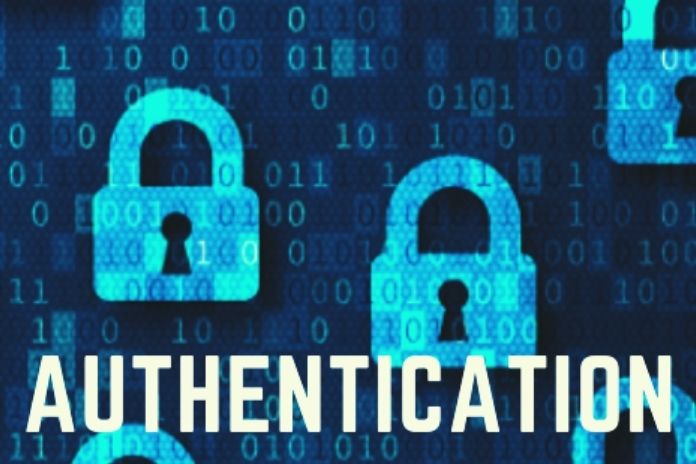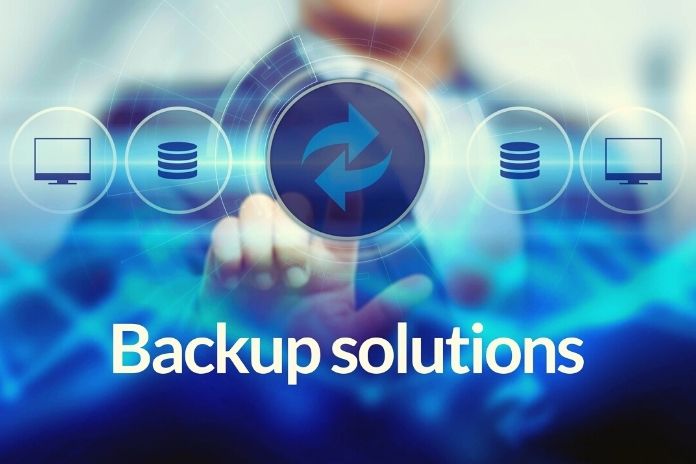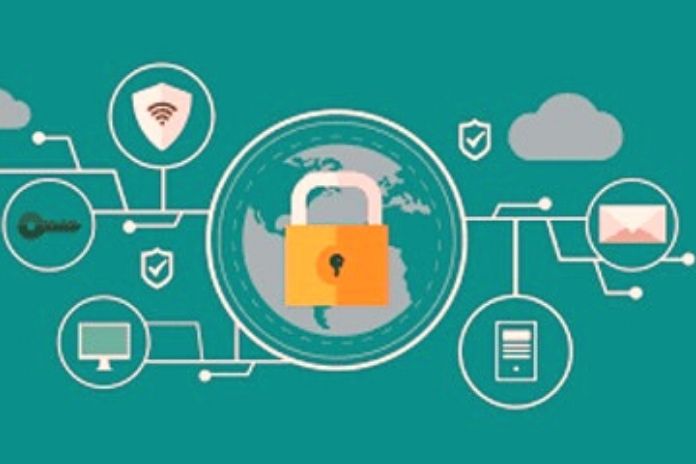Database as a Service is becoming more and more popular as a delivery model for database software. Five reasons why switching to DBaaS, is worthwhile. Software as a Service (SaaS) is a form of application delivery that is becoming more and more popular both in the consumer sector and in companies. The advantages of Database as a Service (DBaaS) as a specific and professional SaaS application can be subsumed under the two subject areas of technical advantages and cost aspects. Here are five decisive arguments in favor of increasing use.
Database- Automation And Management
DB as a Service relieves the internal IT department of a multitude of routine tasks. Database administrators only need a fifth of the previous effort for implementation and operation. DBaaS also facilitates the automation of IT tasks and functions, for example, in multi-cloud scenarios or hybrid environments.
Flexibility And Scaling
DBaaS is highly scalable. Additional database instances are available virtually in real-time if users need them, for example, for peak loads, and can then be shut down again just as quickly. Here, too, hardly any intervention by administrators is required, and the scaling is usually automatic.
Transparent Cost Accounting Through DB As A Service
“You pay what you get.” According to this principle, customers only pay for the actual use of database instances and thus have 100 percent transparency about their costs at all times. They reflect real needs and can be adapted to changing operational needs at any time.
DB As A Service Ensures Audit Security
With DBaaS, the times of under-or over-licensing problems are over, as the software licenses can be billed according to usage. This also eliminates the annoying and often expensive auditing procedures by the manufacturer.
Cost Advantages Through Database As A Service
Companies do not bill these expenses for database use as capital goods (Capex) like on-premises licenses but as operating costs (OpenX). They are included in the income statement as operational expenses and can be claimed for tax purposes.
“DB as a Service is an agile and customer-friendly usage model that will continue to gain in importance in the future. The as-a-service model gives the customer complete freedom, can be flexibly adapted, is also cost-effective, and is, therefore, the most modern form of not only using the DB but also software in general”.
Couchbase offers a high-performance, multi-cloud-to-edge Database with robust features. These are required for business-critical applications on a highly scalable and available platform. As a cloud-native database, Couchbase runs in dynamic environments and every cloud. Either she is managed by the customer himself or entirely as a service. Couchbase is based on open source and combines the advantages of NoSQL with the power and familiarity of SQL. This simplifies the transition from mainframe and relational databases.
The as-a-service model gives the customer complete freedom, can be flexibly adapted, is also cost-effective, and is, therefore, the most modern form of not only using the Database but also software in general”. These are required for business-critical applications on a highly scalable and available platform. As a cloud-native database, Couchbase runs in dynamic environments and every cloud.
The advantages of Database as a Service (DBaaS) as a specific and professional SaaS application can be subsumed under the two subject areas of technical advantages and cost aspects. Here are five decisive arguments in favor of increasing use.

